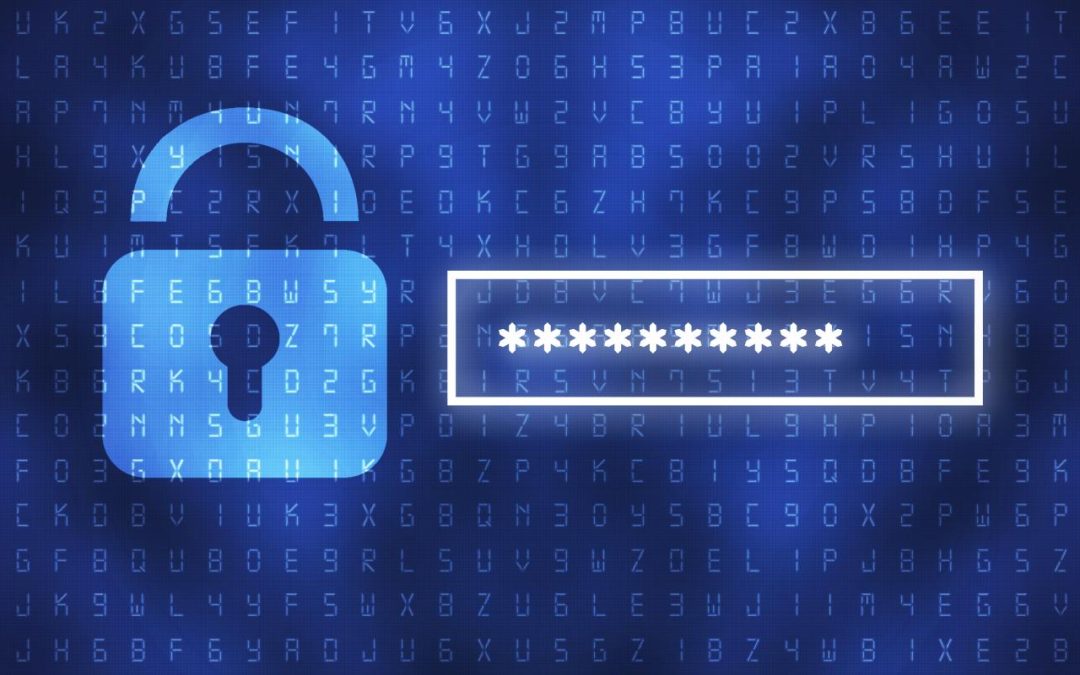Whenever we hear anything about cyber security, there is always a piece of advice about password security. Even so, do passwords actually contribute to cyber security? Or are they now just an outdated practice? Let’s find out!
Origin of Password Security
Passwords have been around since the early days of computing. When computers were first introduced in the 1960s, the computer time-sharing system (CTSS) had a login command. This process required users to input a password in order to access their computers.
Now, the use of passwords is an unconscious standard practice that we have adopted globally. We use it every day for most online-based tasks. It plays a core role in keeping your online information secure.
Cyber Security and Passwords
With the increasing number of cyber attacks and data breaches, it’s becoming more apparent that your online credentials need to be strong and secure.
A report from Verizon’s 2020 Data Breach Investigation found that weak passwords were responsible for 81% of data breaches. This further supports and reinforces the importance of passwords. The use of a weak, repeated, or old password has consequences that often lead to cyber security issues as seen by the report.
However, in some cases, the vulnerabilities that do come paired with passwords make it increasingly apparent that they are not entirely reliable. Failing to provide enough protection alone.
Issues involved with Password use
For a long time, passwords have remained as one of the primary protocols for keeping online accounts secure. However, over recent years, we have noticed that passwords haven’t always given enough security to offer complete protection from cyber attacks.
Here are a few reasons why passwords alone may not give you enough protection to stop cyber threats:
Convenience over Security
Platforms have tried their best to encourage users to change their passwords frequently. However, users continue to choose convenience over security when it comes to protecting their personal information. This leads to the use of the same password across multiple accounts. Or, recycling the same list of passwords whenever a password change is required. Therefore, all it takes is for the cyber attacker to crack one of your passwords and they can gain access to the majority of your other online accounts.
Difficulty of Managing Complex Passwords
This is particularly true in workplaces. Password policies and best practices are outlined in most organisations. It requires employees to use complex and unique passwords which are frequently updated as a way of combating cyber security risks. Where it goes wrong is when employees forget the password and these policies become heavily inefficient and costly for the IT department.
Even in a perfect world where unique and complex passwords are used, there is still a chance that a cyber attacker may successfully crack your password. Research conducted by Hackernoon found that 80% of 14 million passwords could be cracked within 20 hours. This continues to bring the question of “are passwords really secure?”.
Cyber attackers are becoming more and more advanced with their tools and tactics. Their goal is to steal as much valuable data as they can to make a profit.
How to Stop Passwords from Putting your Data at Risk
To protect data from modern social engineering and targeted cyber attacks, organizations can implement strong security protocols and mechanisms dedicated to password management. However, it’s key to encourage employees to also take steps to improve their password protection and form better security habits. According to the National Institute of Standards and Technology (NIST), user accounts should use a password that is 8-64 characters long and includes several special characters.
Ultimately cyber attacks are unavoidable and there are cases where they can happen, despite multiple strong security measures. You should always prepare for the worst, even if it doesn’t happen. Therefore, data back-ups are something that should be at the top of your priority list to implement and manage. It is always good practice to organise two storage spaces for your data backups. One can be stored on-site in a separate location, whereas the other copy is on an external drive that no cyber attacker will be able to access.
In addition, two-factor or multi-factor authentication is another reliable method of protecting your accounts. They act as an additional layer of security if your password were to be compromised. Using just a password alone is not enough protection against a potential cyber threat.
Despite their long-lasting legacy and contribution to cyber security, passwords are not foolproof. To make the most efficient use of passwords, it’s important to follow the best practices and guidance that can be found here.
You should be using passwords that are complex and unique for all of your online accounts. Alongside passwords, you should also use other security measures such as two-factor authentication that will further contribute to protecting your data from cyber threats.

